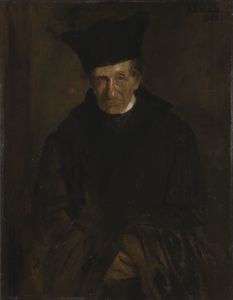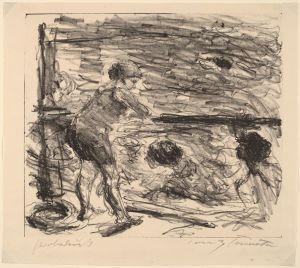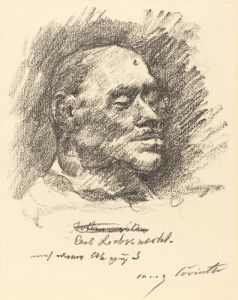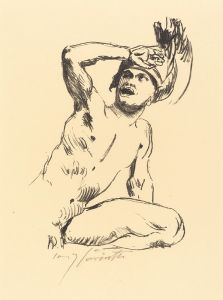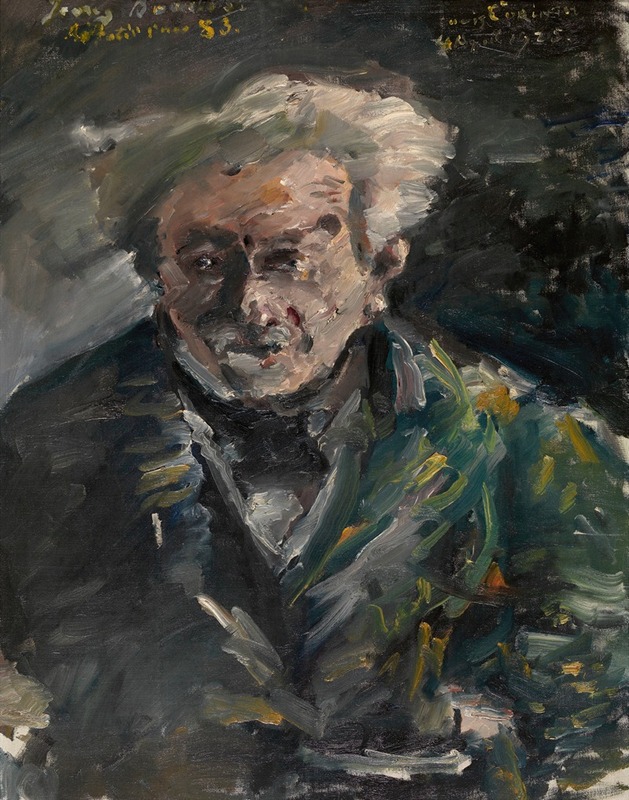
Georg Brandes
A hand-painted replica of Lovis Corinth’s masterpiece Georg Brandes, meticulously crafted by professional artists to capture the true essence of the original. Each piece is created with museum-quality canvas and rare mineral pigments, carefully painted by experienced artists with delicate brushstrokes and rich, layered colors to perfectly recreate the texture of the original artwork. Unlike machine-printed reproductions, this hand-painted version brings the painting to life, infused with the artist’s emotions and skill in every stroke. Whether for personal collection or home decoration, it instantly elevates the artistic atmosphere of any space.
"Georg Brandes" is a portrait painted by the German artist Lovis Corinth in 1900. Lovis Corinth (1858–1925) was a prominent figure in the German art scene and is often associated with the transition from Impressionism to Expressionism. Known for his dynamic brushwork and vivid use of color, Corinth created a wide range of works, including portraits, landscapes, and historical scenes.
The subject of the painting, Georg Brandes (1842–1927), was a Danish literary critic and scholar who played a significant role in introducing modern European literature and thought to Scandinavia. Brandes was a central figure in the cultural movement known as the "Modern Breakthrough," which sought to challenge traditional norms and promote progressive ideas in literature and art. His influence extended beyond Denmark, making him a key intellectual figure in Europe during the late 19th and early 20th centuries.
The portrait captures Brandes in a seated position, exuding an air of intellectual confidence. Corinth's characteristic loose and expressive brushstrokes are evident in the rendering of the figure and background, creating a sense of immediacy and vitality. The color palette is rich and varied, with warm tones dominating the composition. The painting reflects Corinth's ability to convey not only the physical likeness of his subjects but also their personality and presence.
This work is considered an important example of Corinth's portraiture, showcasing his skill in capturing the essence of his sitters. It also highlights the intersection of art and intellectual history, as it depicts a figure who was deeply engaged in the cultural and literary debates of his time.
The painting is currently housed in the Museum of Fine Arts in Leipzig, Germany (Museum der bildenden Künste Leipzig). It remains a significant piece in Corinth's oeuvre and continues to be appreciated for its artistic and historical value.






